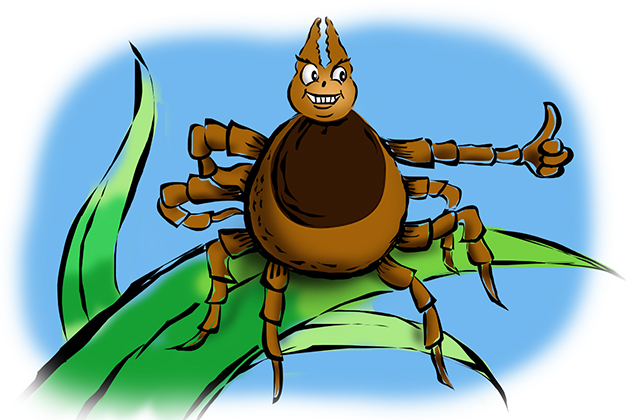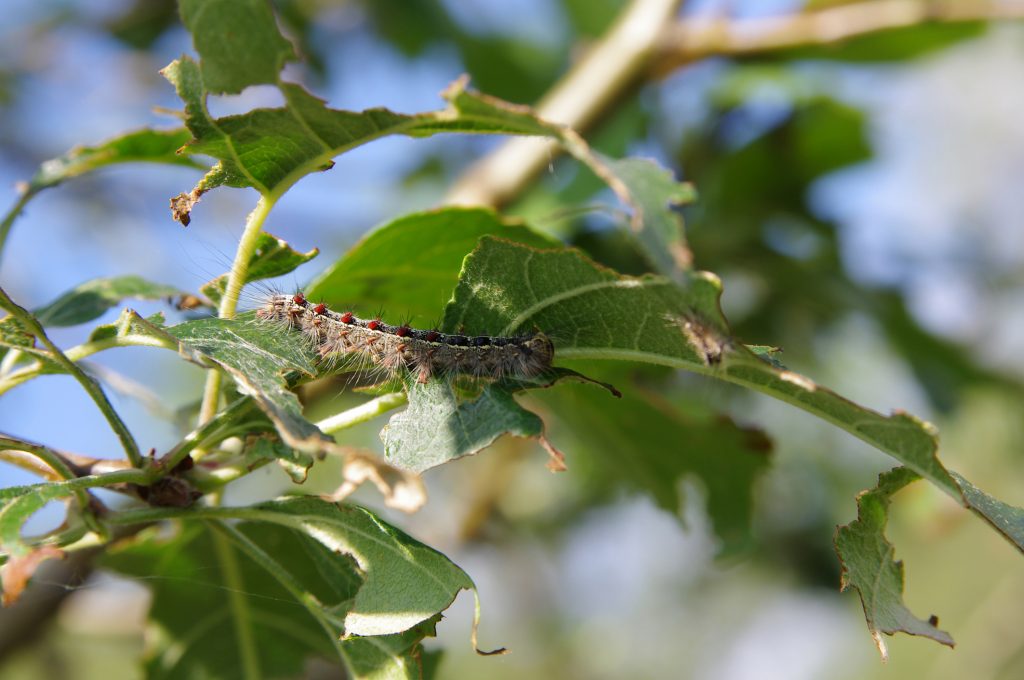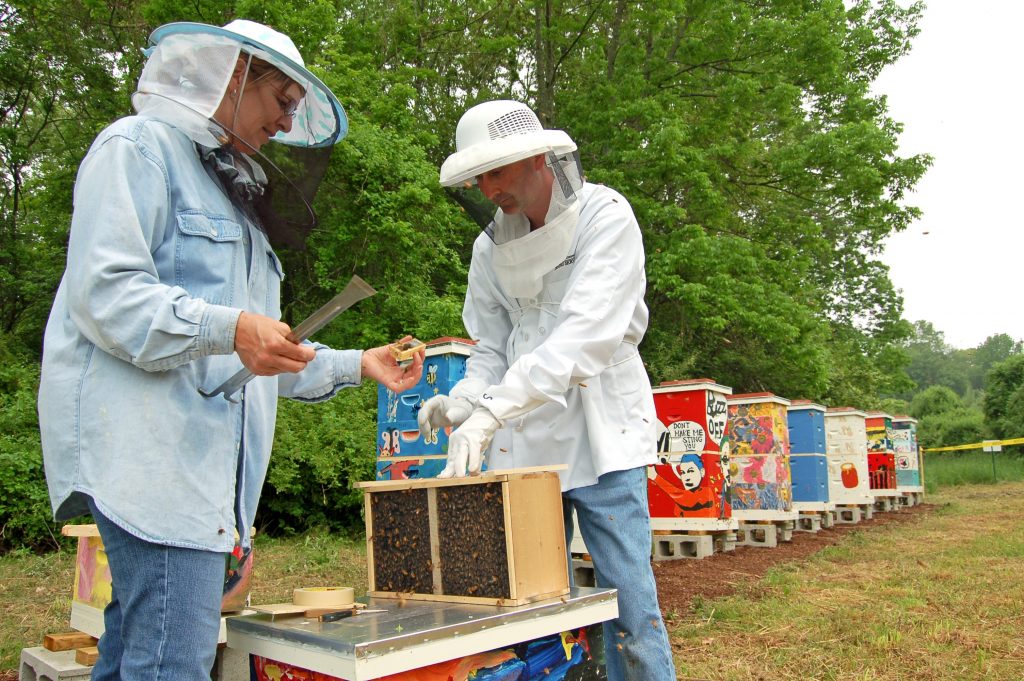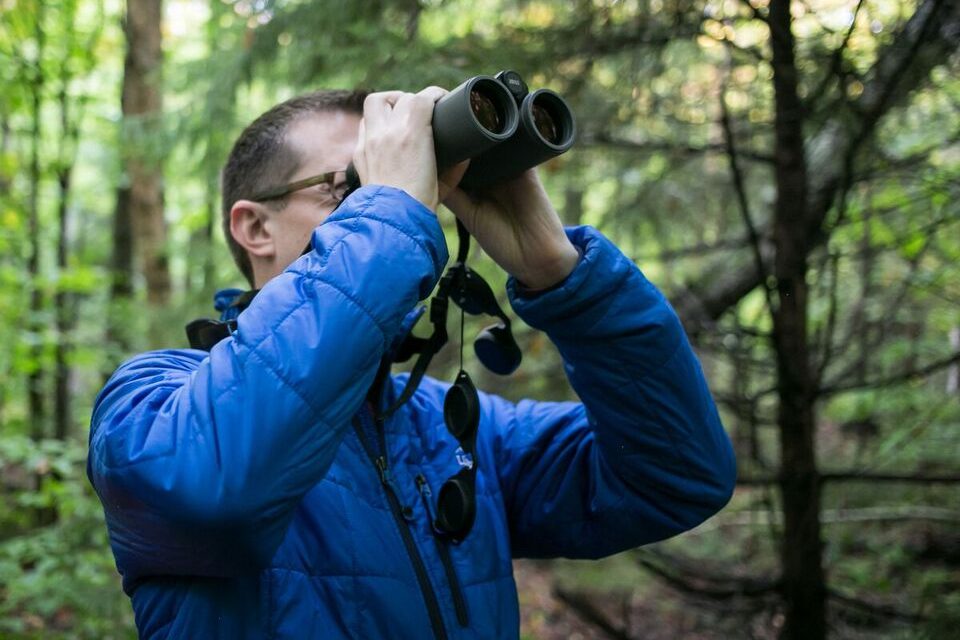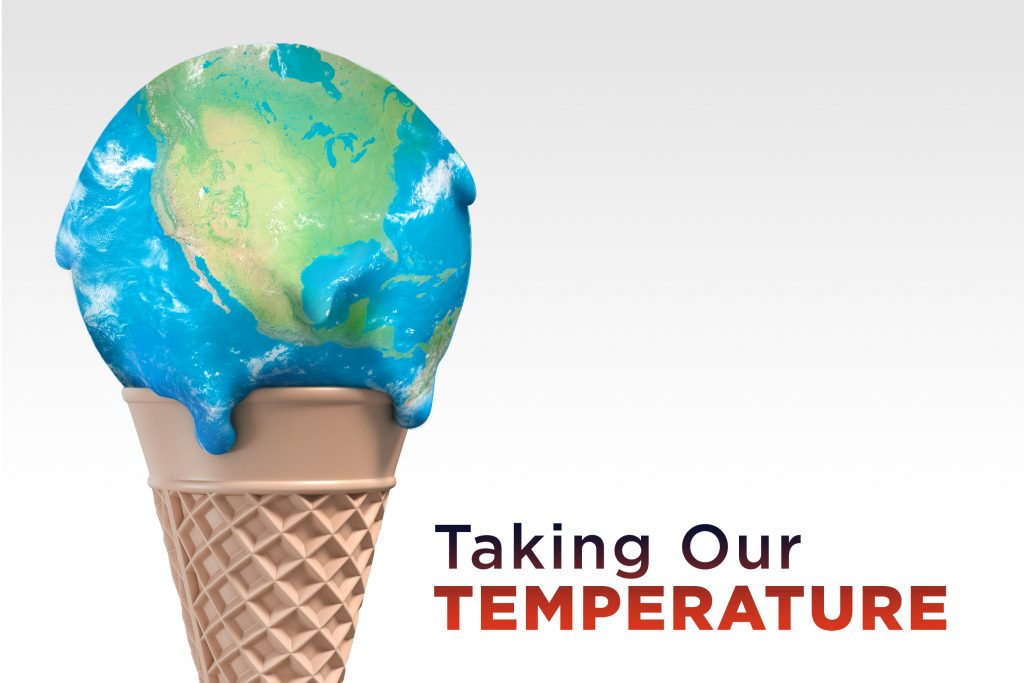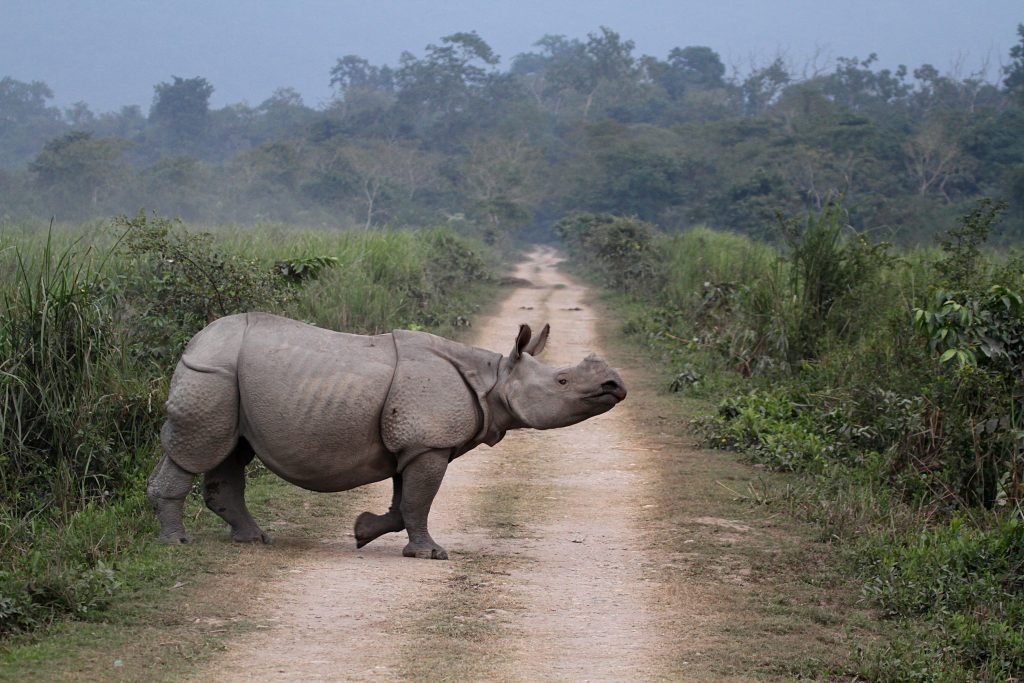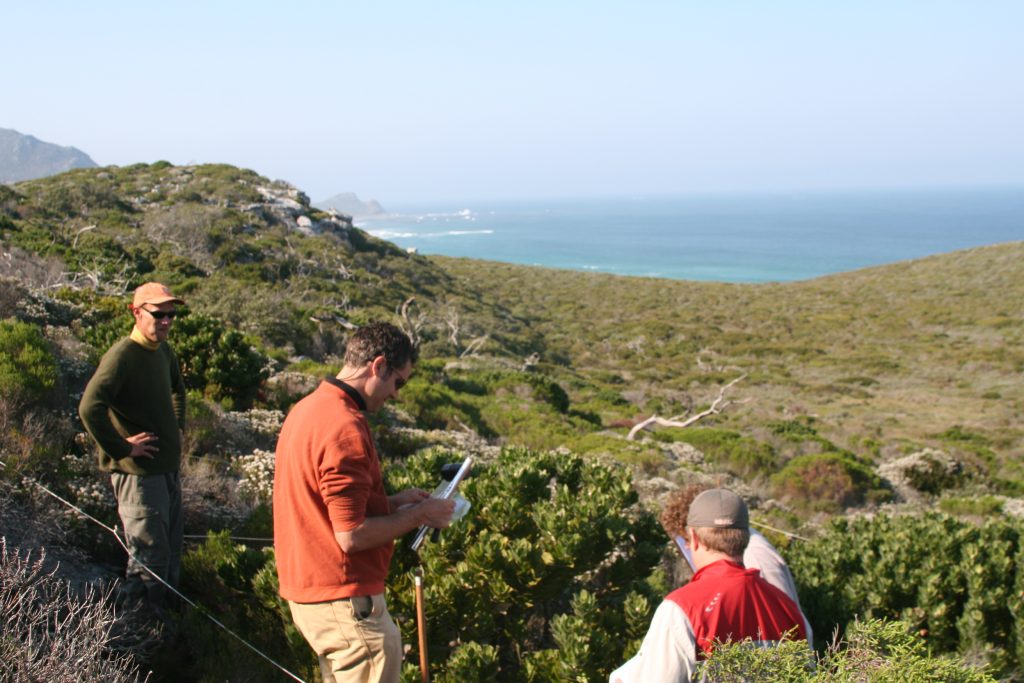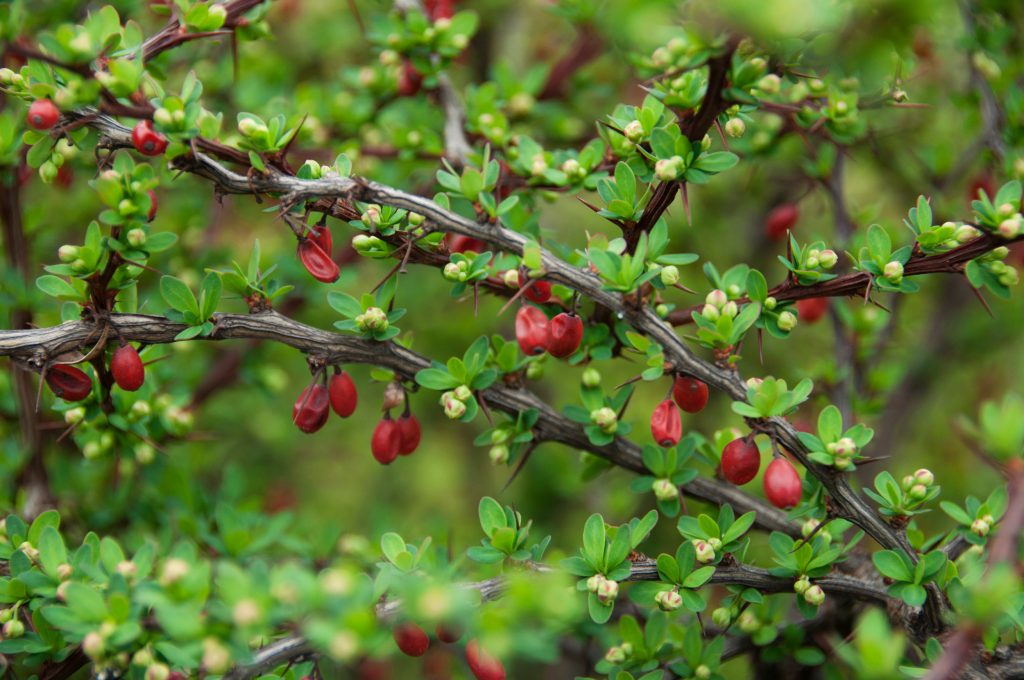Sustainability
Tick-hiker’s Guide to the Galaxy
To avoid ticks, you must think like a tick.
June 23, 2017 | Elaina Hancock
The Next Generation of Farming
Young people are embracing farming. But we’re talking hydroponics, heirloom tomatoes, and small-batch goat cheese. And you’re as likely to find them on a laptop as a tractor.
June 20, 2017 | Sheila Foran ’83 (BGS) ’96 Ph.D.
Invasion of the Gypsy Moths
Despite the havoc caused by thousands of gypsy moths in New England this year, UConn experts offer two signs of hope: many of the affected trees will grow new leaves, and a fungus has recently begun to kill the moths.
June 16, 2017 | Elaina Hancock
Generating a Buzz on Campus
Designated as a 'Bee Campus USA,' in April, UConn pledged to educate and build a community that will aid in the fight to save the bee population, which has seen a decline due to the use of pesticides and rising temperatures.
May 23, 2017 | Eli Freund
The Dangerous Brew of Politics and Water
Often political decisions, not scientific reasoning, determines the fate of natural resources, the environment or other key resources., Veronica Herrera says.
May 18, 2017 | Kenneth Best
Ticking Biological Clock: Migratory Birds Arriving Late to Breeding Grounds
A growing shift in the onset of spring has left nine of 48 species of songbirds studied unable to reach their northern breeding grounds at the calendar marks critical for producing the next generation of fledglings, according to a new paper in Nature Scientific Reports.
May 15, 2017 | Loretta Waldman, UConn Communications, and Natalie van Hoose, Florida Museum of Natural History
Series: Understanding and Responding to Climate Change
Across disciplines, UConn’s researchers are amassing a wealth of knowledge about climate change that will lead to greater understanding of its impact.
April 21, 2017 | Combined Reports
To Conserve Tropical Forests and Wildlife, Protect Rights of People Who Rely on Them
A UConn global environment expert argues that when countries protect the rights of local people and support their participation in the political process, they are better able to handle conflicts over the environment.
April 20, 2017 | Prakash Kashwan, Department of Political Science
The New Game of Russian Roulette for Fire-Prone Ecosystems
The findings of a new study are a concern for fire-prone ecosystems, including those in the United States, Australia, and South Africa.
April 17, 2017 | Kristen Cole
Invasive Japanese Barberry to Gain Ground with Climate Change
One of New England’s invasive species, Japanese barberry, will remain and flourish in new areas under predicted temperature increases, while the other, garlic mustard, will head north, says a new study.
March 28, 2017 | Kristen Cole
